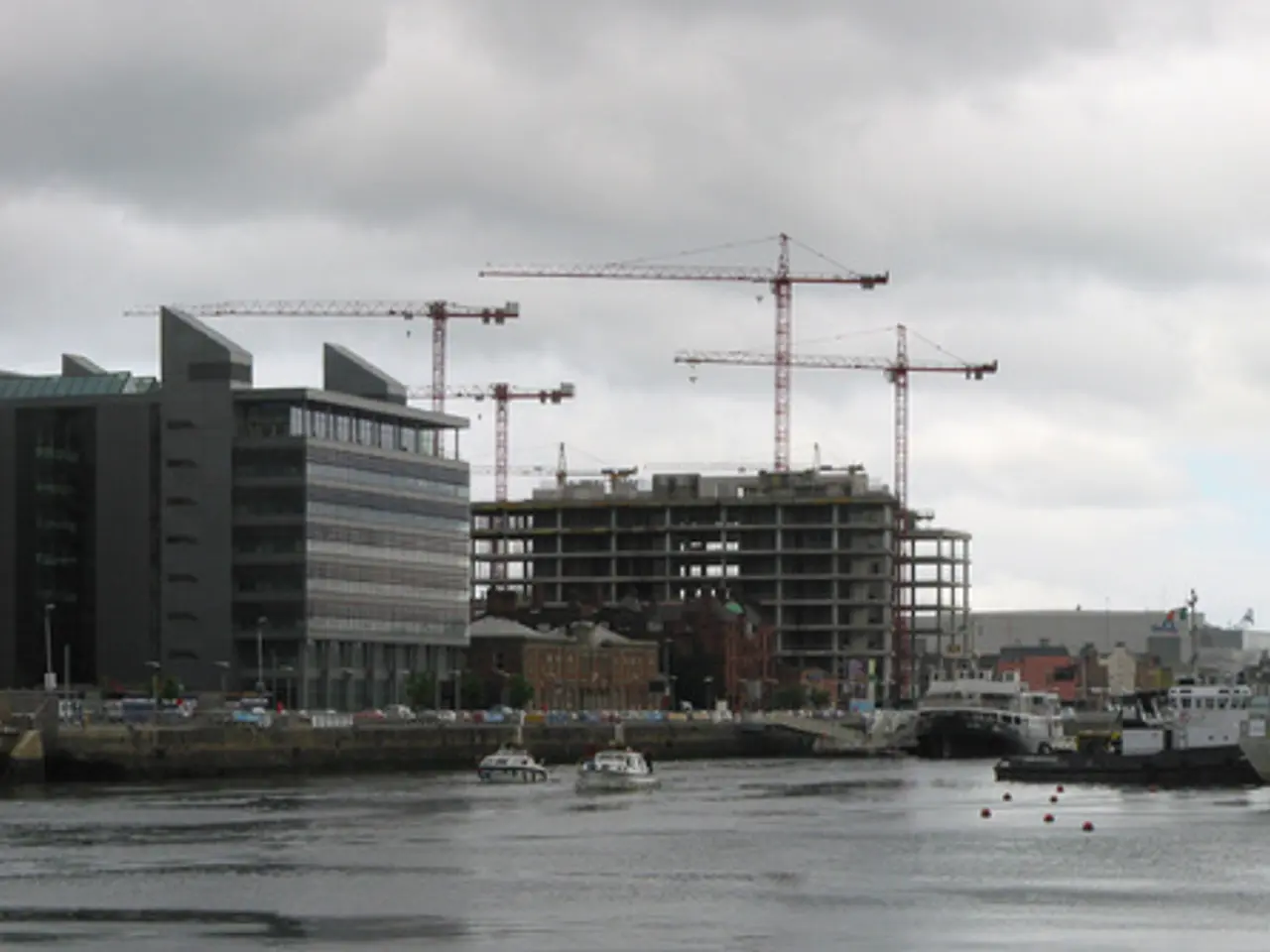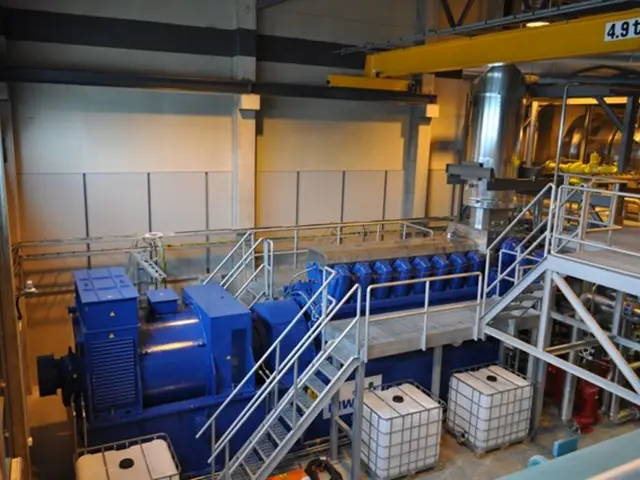Vietnam's Can Gio-Vung Tau Corridor Set for Boost with Bridge, Rail, and Tourism Projects
Vietnam's maritime economy and coastal urbanization are set for a boost with the proposed development of the Can Gio-Vung Tau corridor. The strategic route, currently underdeveloped, could transform port development, tourism, and connectivity in the newly expanded Ho Chi Minh City (HCMC).
The HCMC Department of Construction, in collaboration with a consulting unit, has studied a section of a southern coastal road passing through HCMC. This includes an investment plan for the Can Gio sea bridge, linking with Vung Tau. The bridge aims to create a new overland route, easing traffic congestion on existing routes.
Vingroup, a prominent Vietnamese conglomerate, has proposed a high-speed rail link between Phu My Hung and Can Gio. Designed for speeds up to 350 km/h, this project could cut travel time to around 12 minutes. Additionally, Vingroup has proposed a sea-crossing bridge connecting Can Gio commune and Vung Tau ward under a build-transfer (BT) model. This aligns with the prime minister's Decision 1125/QD-TTg, which prioritizes modern infrastructure and regional connectivity in HCMC's revised master plan.
Vingroup has also broken ground on Vinhomes Green Paradise, a 2,870-hectare sea-encroachment tourism and urban project in Can Gio. This development is expected to strengthen economic and logistics linkages and support sustainable urban expansion in the newly expanded HCMC.
The proposed bridge and high-speed rail link, along with Vingroup's urban development project, could significantly enhance connectivity and stimulate growth in the Can Gio-Vung Tau corridor. These initiatives, if approved and implemented, would greatly benefit the newly expanded HCMC and its maritime economy.







